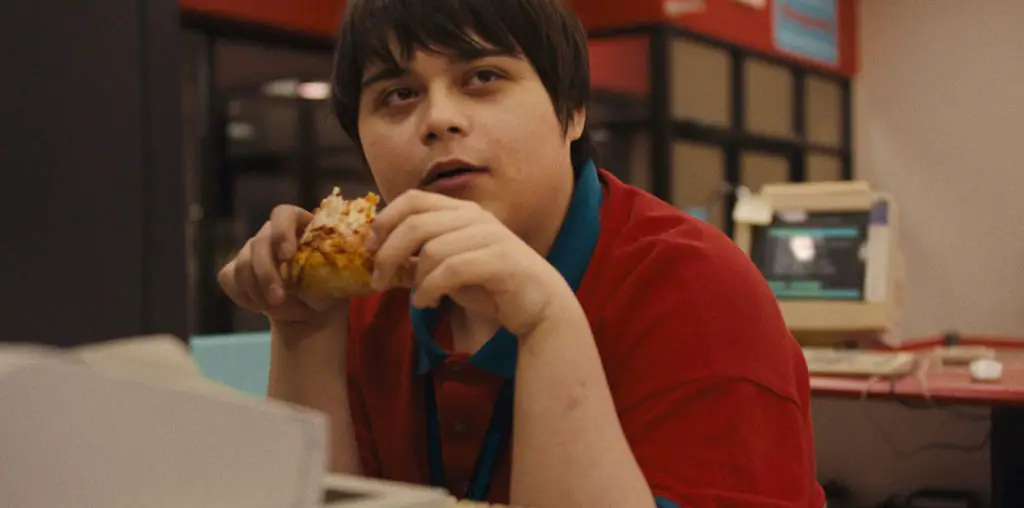
John Carpenter’s “The Fog” (1980) wasn’t as brilliant as the director’s previous attempt (“Halloween”) or as terrifying as one of his later attempts (“The Thing”). Even so, Carpenter more than succeeded in creating an atmospheric and moody ghost story, with simplistic, yet highly effective, visual effects. It was a film about pissed off ghosts wrecking havoc on a town that misguided them in the past. Enveloping the city, bringing evil along with it, The Fog was so full and alive in this version that there was no mistaking that it was an actual character all on its own. This new version almost sticks to that same premise, except that it attempts to apply too much logic to the events going on that it distracts the viewer from pleasure and replaces it with boredom. Notice how the word “attempt” was used? The actual “fog” in this movie is nothing but computer-generated, watered down, un-menacing steam.
A hundred years after a mysterious shipwreck, a thick roll of fog blankets a small town. Unlucky for the inhabitants of this town, the fog brings with it the un-lively crew of the crashed ship and they’re seeking revenge for what happened to them those many years ago. Among the victims of this strange phenomena, are the WB-friendly boat crew consisting of Nick Castle (a wasted reference to the Carpenter universe, played by Tom Welling) and Spooner (the black comic relief that’s about as funny as Mike Epps on a good day, played by DeRay Davis). Nick’s woman Elizabeth (Maggie Grace) learns she may have some existential connection with the oncoming ghosts, which is the exact plot line screenwriter Cooper Layne chose to add some depth to the storyline. If it wasn’t so ridiculously predictable, it may have counted for something.
While director Rupert Wainwright deviates from the music video-style path his resume suggests, he doesn’t execute any noticeable style either. He relies on the usual “jump” moments you’ve seen thousands of times before; you have to wonder if anyone falls for this anymore. The choice of using computer-generated effects for the fog was just an utter mistake. Nothing about it feels threatening or looks real; it only helps prove that Hollywood needs to take a break from allowing these imperfect effects to slip into films released to the public. It’s obviously far from flawless and only helps remind the audience of their actual surroundings, instead of giving them that sense of escapism we so desire when viewing a film.
As mind-boggling as it may seem, John Carpenter actually produced this movie. Why the original director would want to let someone remake one of their better movies is beyond comprehension. Especially knowing that his remake of “The Thing” stands strong as one of the finest re-imaginings ever made. Since remaking a film is becoming the norm for Hollywood, how should we as an audience treat them? There hasn’t really been a logically conceptualized theory (except money of course) behind Hollywood’s recent affection for them. You would think that since the number of bad remakes heavily outweighs the good ones, they’d decide to call it quits. Surely you can guess which type “The Fog” can be classified as.
Most films have at least one good quality, no matter how bad or un-enjoyable they may be. As a reviewer, it’s our job to find this one quality and expand on it. “The Fog” simply lacks all things considered good by any standards. It’s too mediocre (and PG-13) to be classified as a horror film, too inane to be taken seriously and too uninteresting to be bothered with.

